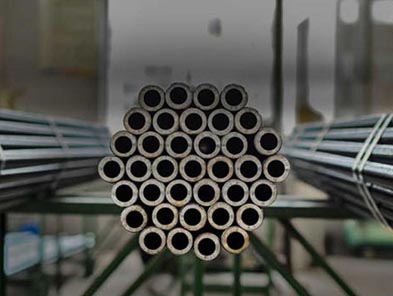Tubes in 310 stainless steels are selected from a variety of choices during industrial or commercial production because they resist heat and prevent rust damage while being very strong. However, with so many specifications and uses to consider, the thought of making the right choice becomes daunting. Here is a comprehensive guide so you can decide on the best tube.
Important Things to Consider in Choosing 310 Stainless Steel Tubes
1. Determine What the Application Needs.
Temperature Tolerance: Determine what your service temperatures are. For extremely high heat, 310 stainless steel is acceptable, but if it exceeds what this grade can tolerate, then other special materials may be needed.
Corrosion resistance: Consider your environment. If your industry is subjected to salty, corrosive, or oxidizing conditions, then 310 stainless steel provides superior corrosion resistance.
Mechanical Stress: Whether the tubes are subjected to any high pressure or mechanical stress that has been determined, appropriate thickness and strength will be chosen.
2. Choose the Correct Type Tube
Seamless Tubes: Suitable for very high-pressure and very high-temperature operation since they lack a weak spot.
Welded Tubes: The cost-effective product with acceptable/adequate accuracy for low to medium-pressure applications involving moderate accuracy only.
Shapes and Sizes: Any shape of the need-fulfilling one is okay. It could be round, square, or rectangular.
3. State Sizes
Accurate dimensions ensure compatibility with your system:
Outer Diameter (OD) Exactly matches where it connects or mounts.
Wall thickness: Thicker walls can support more pressure but make things weightier.
Length: Customizable based on your project’s needs.
4. Surface Finishes Assessed
Surfaces could be shiny or pickled as needed for aesthetic purpose or added protection.
The surface needs to be smooth for food, medicine, or chemical industries to avoid contamination.
5. Consider Cost and Performance
310 stainless steel tubes are a quality material. Compare the price of an initial purchase against the long-term savings-such as less maintenance required, a longer service lifetime.
Uses and Industries for 310 Stainless Steel Tubes
- Petrochemical Plants: Handling hot gases and liquids.
- Furnaces and Heat Exchangers: Heat-resistant tubing for reliable service.
- Power Generation: Boiler tubes and superheaters in power plant.
- Food Processing Equipment: Non-toxic materials, safe to be in clean environments. Cars and Aircraft: Exhaust system components exposed to high temperatures.
Conclusion
If you think about the need behind the project that requires 310 stainless steel tubes, it can be pretty easy to choose the right one. To begin with, while designing for high-temperature furnaces and places where chemicals are known to cause rust, these tubes come out as a good long-term option. Look closely at size, rules, or surface finishes to guarantee your project works efficiently.

